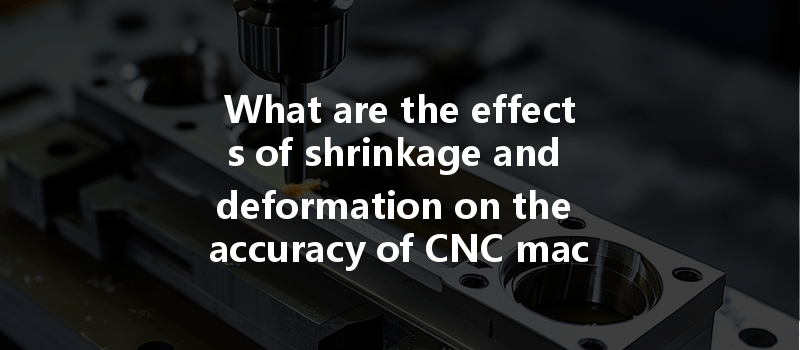Opening
Did you know that even a minor temperature fluctuation can lead to a significant impact on the accuracy of a CNC machined part? In the highly precise world of CNC (Computer Numerical Control) machining, the effects of shrinkage and deformation can be the difference between a successful component and a costly failure. As manufacturing technology continues to evolve, understanding these phenomena becomes increasingly critical for engineers, manufacturers, and quality assurance personnel alike. This blog will explore the intricate relationship between shrinkage, deformation, and part accuracy in CNC machining and provide detailed solutions to mitigate these issues.
Understanding Shrinkage and Deformation in CNC Machining
When discussing CNC machining, accuracy is paramount. However, various factors can lead to shrinkage and deformation, potentially jeopardizing the final product’s specifications.
How Shrinkage and Deformation Affect Part Accuracy
The accuracy of CNC machined parts is critically affected by shrinkage and deformation in various ways:
Solutions to Mitigate Shrinkage and Deformation
To combat the detrimental effects of shrinkage and deformation in CNC machining, several strategies can be implemented, including:
Choosing the right material is one of the first lines of defense against shrinkage and deformation. Opt for materials with superior thermal stability and structural integrity. For example:
Adjusting machining parameters can have a significant effect on shrinkage and deformation outcomes. Important parameters to optimize include:

Implementing post-machining processes can enhance dimensional stability. Consider the following options:
Employ rigorous measurement and quality control practices throughout the machining process:
When designing parts for CNC machining, incorporate features that can help mitigate shrinkage and deformation:
In the intricate world of CNC machining, understanding the effects of shrinkage and deformation can be the key to producing accurate and functional components. From material selection and optimized machining parameters to post-machining treatments and design considerations, there are numerous strategies available to ensure part accuracy.
As manufacturing technology continues to advance, staying informed about these critical factors is essential. By adopting effective measures to mitigate shrinkage and deformation, CNC machining professionals can enhance product quality, reduce waste, and ultimately drive greater efficiency within their operations.
This blog has covered the core technologies and practices necessary to address the challenges posed by shrinkage and deformation in CNC machined parts. It’s worth reflecting on how these insights can inform your practices, maximize precision, and contribute to the advancement of manufacturing standards. In a competitive landscape, understanding and leveraging these concepts could be your organization’s path to superior quality and operational excellence.
Remember, in the world of CNC machining, every micron counts. Engage with these technologies and strategies today to secure a stronger, more accurate tomorrow!






